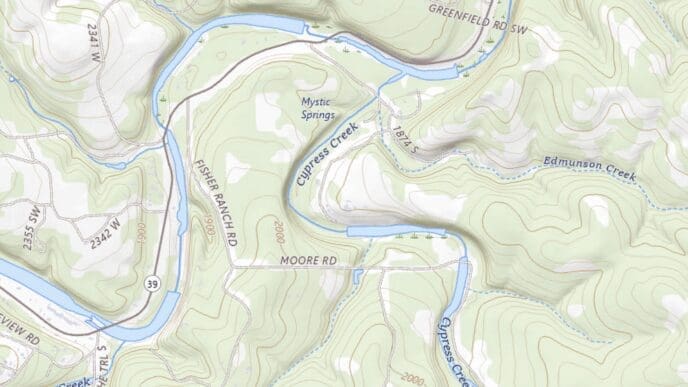A new planet resembling Tatooine, known from the fictional universe of “Star Wars,” may be orbiting two failed stars outside our solar system, scientists reported on Wednesday. Located approximately 120 light-years away, the exoplanet appears to follow an unusual path around two brown dwarfs, moving at a right angle. Brown dwarfs are often referred to as failed stars because they are lighter than stars yet heavier than giant gas planets. One light-year is equivalent to nearly six trillion miles.
The pair of brown dwarfs was first detected several years ago. Scientists observed that the twins eclipse each other, meaning one is always partially obscured when viewed from Earth. In a recent analysis, researchers discovered that the movement of the brown dwarfs is changing, a peculiarity less likely to occur if they were orbiting each other alone. This research was published in the journal “Science Advances.”
More than a dozen planets are known to orbit two stars, similar to Tatooine with its double sunsets. The peculiar orbit of this new planet sets it apart. However, it has not been directly observed, and scientists caution that further research is necessary to confirm its existence and determine its mass and orbit. The planet’s existence remains uncertain, as noted by Simon Albrecht, an astrophysicist at Aarhus University, who was not involved in the study.
Exploring such unique celestial bodies can enhance our understanding of how conditions beyond our solar system might lead to planets vastly different from our own, stated Thomas Baycroft, the study’s author from the University of Birmingham. Planets orbiting twin stars have been a staple in science fiction for decades, long before their real-world existence was confirmed.
The Bigger Picture
The discovery of a planet orbiting two brown dwarfs could have significant implications for our understanding of planetary formation and the diverse environments that could support life. For the scientific community, confirming the existence of such exoplanets would broaden the horizons of exoplanetary science and potentially redefine the criteria for habitability.
For the general public, this finding may spark interest in astronomy and the possibilities of discovering life beyond Earth. The allure of planets similar to those seen in popular science fiction can fuel curiosity and inspire future generations to explore the universe. Understanding these distant worlds also contributes to a deeper appreciation of the complexities of our own solar system and the cosmic neighborhood beyond.










